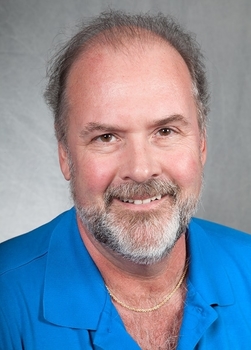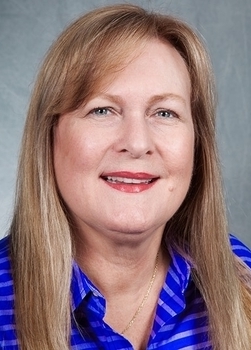I was writing a report recently and recommended that a client “focus” the jurors’ attention on a certain point. Given my 40+ years of photographic experience, I decided to test myself with this post to see if I can come up with analogies and metaphors between photography and litigation/trials. Focus is the starting point because it is important for attorneys to direct the audience (jurors, judge, opposing counsel) to see your focal point and shed some light on the subject. All of these are descriptions valid for photography, as well as litigation and/or trials. Further, sometimes during a trial, the attorneys need to provide the big picture, something photographers might use a wide angle lens to capture. Other times, there are details that must be grabbed “out of the forest,” details that might require a telephoto or zoom lens to reach out and isolate. Other times, one might need a macro lens to isolate a small object, from a very close perspective – a single detail to pull from the background. With lenses, it is all about perspective. Again, it is a valid reference to trials – what perspective do the trial jurors bring along with them? Their perspective is more important than anyone else’s in the courtroom! In photography, “aperture” is the lens opening that allows light to pass through the lens. Opening the aperture lets in more light; in a trial, sometimes the attorneys have to shed more light than would otherwise be shown on an issue or detail; in other words, they have to open the aperture. Or, the attorney could stop down the aperture if he or she wanted to obscure that detail. Shutter speed is another aspect to consider, is the attorney’s presentation fast, like a high shutter speed, or does it need to be slowed down by using a slower shutter? Is the trial of short, medium, or long duration? In the film days, that might equate to the length of the roll of film, 12, 24, or 36 exposures; now it would be a question of memory card size. But, more so with film than digital, you never know what develops until you process the film. With litigation, something is always developing, even if one wishes the development could be deleted like a bad photo can be deleted today with the press of a button. I could go on, but I’ll end with these thoughts. Sometimes mental exercises provide a frame of reference (oh, there’s another one) that helps master the medium.
David’s comparisons of photography and trials is an interesting perspective on two, very different, things. I will continue using his analysis with my interpretations of these areas of David’s interest by saying, from the outset, that photography and trials have one thing in common: they are not very interesting to people who are not photographers or involved in the legal system! I do not share David’s love or enjoyment of photography. His recent birthday provides a classic example of this. David wanted to go to Everglades National Park on his birthday, a place he loves for many reasons, foremost among them, the photo opportunities present in the beautiful natural surroundings. Although I enjoy looking at the scenery, when David gets into his photography groove, I usually find someplace quiet and shady where I can read something from the ample reading supply I always bring on these excursions. And, while my occupation as a jury/trial consultant means that I participate in many trials, I do not share my clients’ love of the law, litigation, or trials. Like many non lawyers, I am not interested in most of what happens in legal settings, such that I have little difficulty explaining to my clients that, when they speak in “legalese” jargon, the average person on their jury will have no idea what they are talking about and further, will have little interest in finding out. David’s points about focusing a camera to capture an image and attorneys’ attempts to focus a jury on the finer points of their case are correct. In addition, the attorney, just like the photographer, must learn to distinguish between figure and ground, to provide the perceiver (of the photograph or trial evidence) with the proper perspective from which to view the final product. And, it is important for the photographer and the attorney to use the proper tools, equipment, and methods to perform his/her work. The photographer must use the correct lens to capture images for each situation and the attorney must use the proper experts, including, of course, a well educated and experienced trial/jury consultant, to capture the attention of the jury. Finally, and as with many things in life, it is the “eye” of the photographer that is the most important factor in differentiating an excellent photograph from an average one; similarly, having the right attorney for the case often determines its outcome.



Comments are closed.